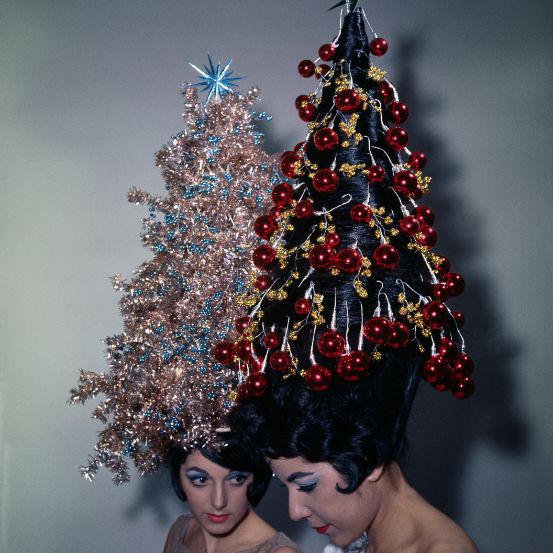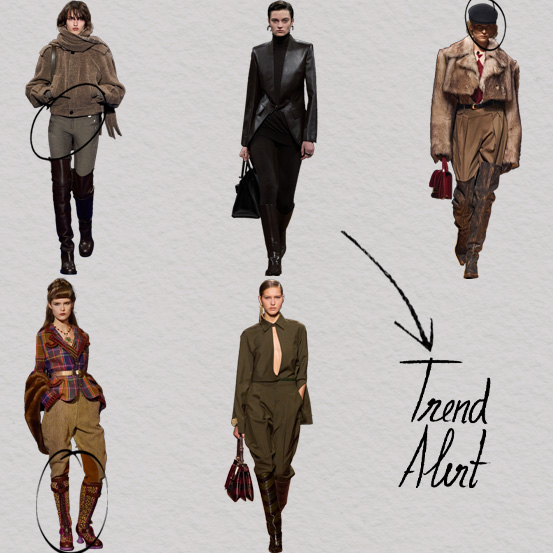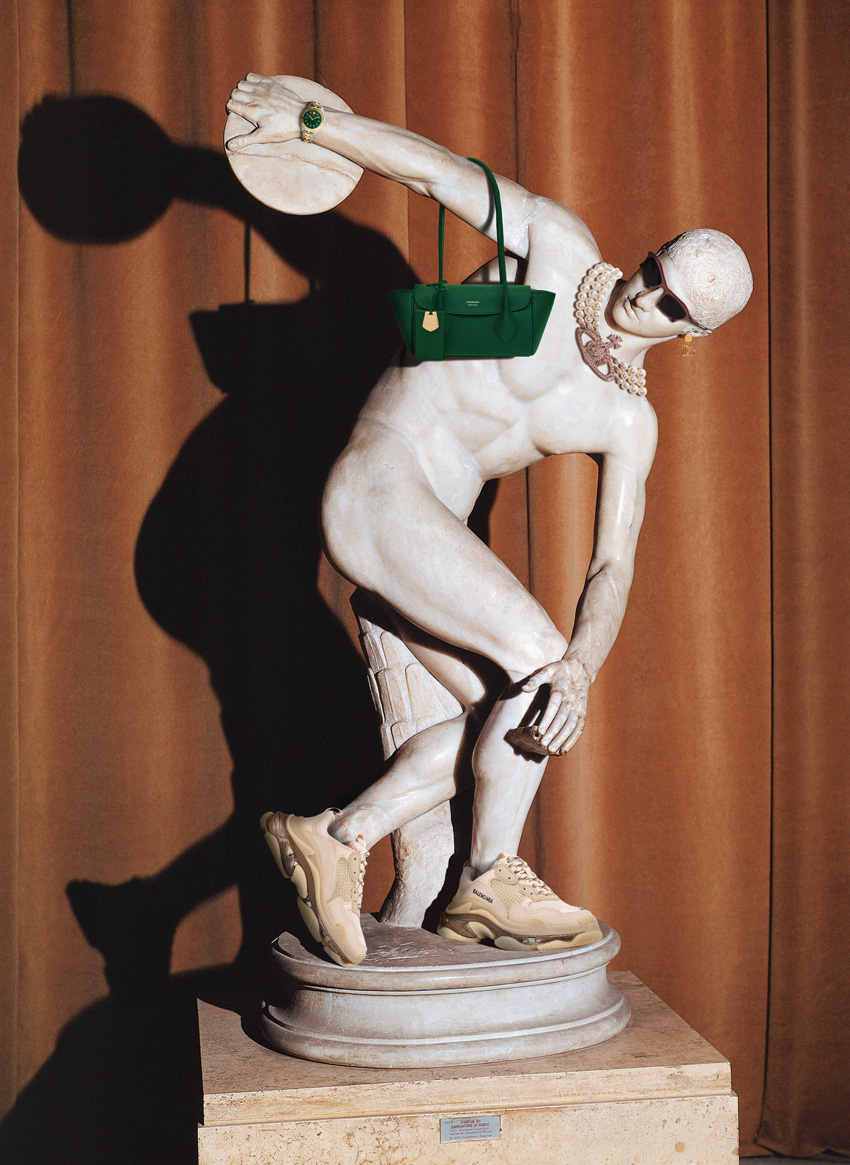Winners Never Quit
Forget bronze medals. Even silver can't compare to what a partnership with a luxury brand can mean for an athlete. Gold has lost its value, today's sportsmen and women are competing for the attention of the fashion industry.
I like to think of myself as someone who keeps up to date with popular culture. As a rule, if someone is in the front row of an important fashion show, I usually know why they're there. Singer, K-pop star, actor, influencer - you name it. However, for about a year now, I've noticed a curious pattern: I see a face I don't recognize, I scour the corners of the Internet to satisfy my obsessive curiosity, and eventually I conclude that it's an athlete. My surprise is not a euphemism for indignation, it's a genuine reaction. I have nothing against this new symbiosis between the fashion industry and the sports world, but the phenomenon is curious nonetheless. The sports world, preoccupied with its medals and records, is enamored by the opulence of the fashion world. My limiting beliefs are shattered day by day, or rather, show by show. And it's not just fashion weeks: athletes are dressed from head to toe in the best the industry has to offer. I'm now aware of sporting events that would usually pass me by.The NBA draft is an event whose existence (and purpose) I ignored, but this year's red carpet forced me to learn. Versace, Dior Homme, Saint Laurent: fashion plays offense to capture the most famous athletes of the present and future. The outfits these athletes wear aren't just borrowed looks or straight from the catwalk, many of them are tailor-made. As I look at the slideshow of photos from this event, with each young athlete better dressed than the last, question marks start to haunt me: Why? Since when? How?
The answer to the last question is easy to answer. We must highlight the essential role of the stylist. Let's be clear, in Portuguese the term stylist is a little complicated. In our mother tongue, a stylist is understood as a fashion designer. The literal translation of the term, stylist, is the person responsible for coordinating and curating fashion for a client, editorial or event. They are the professionals responsible for creating the bridge between the designer and the celebrity, for example. While some stylists think of themselves as curators, creatives who express their vision through clothes, others are Sun Tzu-like strategists. A favorable position within a luxury house can be highly profitable. It's no coincidence that celebrities like Emma Stone, Zendaya or Miley Cyrus always wear the same brands.The desire to appear in campaigns for brands such as Louis Vuitton or Gucci does not arise from the goodwill in the hearts of the rich and famous. The truth is that, when it comes to the fashion industry, influence has a one-to-one relationship with the amount of money a company is willing to pay. The exclusive class of celebrities who reach godlike heights are able to use their status as a way of monetizing their popularity. Forgive me for breaking the illusion of glamor that underpins fashion, but the numbers don't lie: it's all about money. Speaking of numbers, why not materialize this thesis? Charlize Theron received around 55 million dollars as the face of Dior's J'adore perfume. Even though she was recently replaced by Rihanna as the fragrance's spokesperson, her contract was worth five million dollars a year. Although covetable, it doesn't come close to the partnership between Tiger Woods and Nike: the American golfer received 340 million dollars for a contract that dates back to the 90s. Even so, this price is low when you consider that Lionel Messi has a lifetime deal with Adidas that will earn him around a billion dollars over the course of his life.
Is this amount of money justified? If a brand has enough money to pay tens of millions of euros to a celebrity, it would at least have more money to pay its workers, many of whom are essentially slaves. But the secret of the fashion industry is hidden in these costs, which appear absurd to ignorant eyes. The illusion of luxury is only maintained by the huge sums of money that the major fashion houses pay to preserve their status. What differentiates a luxury T-shirt from one made by a fast fashion brand? How can the dramatic price difference be justified? Well, cheap clothing brands are concerned with selling their products en masse, the source of their magnetism being the (low) price. In contrast, luxury brands have to maintain the illusion of prestige at all costs. Part of this strategy is to use characters that their audience, i.e. all of us, find interesting. It's not necessarily because of her looks that Rihanna has become the new face of Dior Beauty, it's because her seal of approval is worth all the millions the maison pays her. Now, when I pick up the iconic perfume, I'm tempted to smell it and maybe even buy the fragrance because my brain has already made the connection that Dior's J'adore evokes the same feelings I get when I think of the singer. Most marketing isn't very complicated. Even if we want to make pretensions of superior intelligence, we don't differ much from the animals we domesticate. Like Pavlov's dogs, we are conditioned by simple stimuli. Athletes are the natural evolution of this strategy.
Not for the purpose of the current discussion, but for another article in this same issue, I had the opportunity to talk to Sophie Lemahieu, curator of an extensive exhibition on the relationship between fashion and sport. In this conversation, which extended well beyond the initial topic, the curator mentioned something that resonates in my ears whenever I see any advertisement featuring an athlete. “The biggest fashion houses have finally realized: these athletes are the perfect spokespeople, they are associated with the most positive values there are.” As you'd expect, Lemahieu knows what he's talking about. Collective respect, team spirit, ambition, patience, perseverance: it's hard to find fault with the ideal of an athlete. Lewis Hamilton isn't the industry's latest sweetheart just because he's handsome (although that's not an impediment), but because his career in Formula 1 is inspiring for many. When he wears Marni, for example, his audience doesn't think about the history of the Italian brand, let alone its price. Marni becomes a brand associated with an ambitious level of success. If, and this is considerable if, one of his millions of fans has the opportunity to spend two hundred euros, the association with Hamilton encourages them to buy even one perfume. The same applies to sports brands: buy Ronaldo's sneakers and you'll be as fast, buy Serena Williams' skirt and you'll have the same agility.
There is another variable to consider in order to understand the equation dissected here. Athletes have always been spokespeople for sports brands. It's not surprising that LeBron James has a lucrative partnership with Nike. The idea that the performance of these athletes can somehow be embodied in a pair of sneakers is rudimentary. However, we noted with interest when skater Aurélien Giraud announced that he would be the new face of Dior Homme. The fact that tennis player Jannik Sinner has a successful partnership with Gucci is no coincidence. The fashion world, infamous for its ambition, is in a perpetual state of expansion. Athletes differ from other celebrities in a peculiar way. Popular culture, especially when it comes to entertainment, has already been colonized by the marketing of the luxury industry. Most actors and singers who are “somebody” are already affiliated with some maison. So what's left? In which other markets can fashion demand attention? The most obvious is sport. Enamored by the fanaticism that sport arouses in its audience, fashion is seduced by the ease of establishing Pavlovian associations.
It's not as if the world of sports is an innocent victim. Never before has sport been so popular among typically uninterested audiences. The crossover of universes between sports celebrities and luxury brands suddenly makes even me understand Formula 1. Before Lewis Hamilton started appearing in the front row of my favorite fashion shows, my notion of sport didn't really involve cars. Now I can recite from memory the teams involved in most competitions. But athletes are just one of the pawns that giants like LVMH or Kering have on the pitch. The desire to infiltrate the world of sports is realized in a variety of ways. Consider the fact that LVMH is the main sponsor of the Olympics. This support is an intentional move to bridge any remaining distance between the two worlds. And don't think that this sponsorship is limited to posters inside the venues. The company's brands are deeply embedded in all Olympic calendars. It is precisely for this purpose that Louis Vuitton designed the clothing of the volunteers responsible for handing out medals after each competition. And, of course, the tray on which the medals will rest is designed by the Maison. It is wrapped in leather and, in order to get around the rule that prevents advertising during the distribution of medals, Louis Vuitton has replaced its classic monogram with its (equally) recognizable Damier Ebene pattern. The Maison is not technically advertising, but its positioning is undeniable. Fashion is no longer content with collecting athletes, it is now also responsible for giving them medals.
Translated from the original in the "Winners Never Quit" issue, published July 2024. Full stories and credits in the print version.
Most popular


Relacionados
 (14).png)





 (15).png)